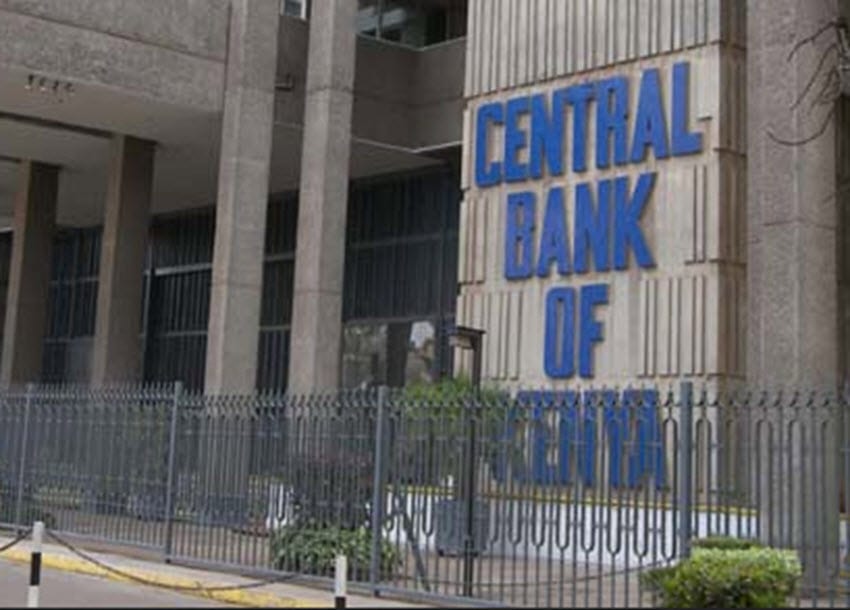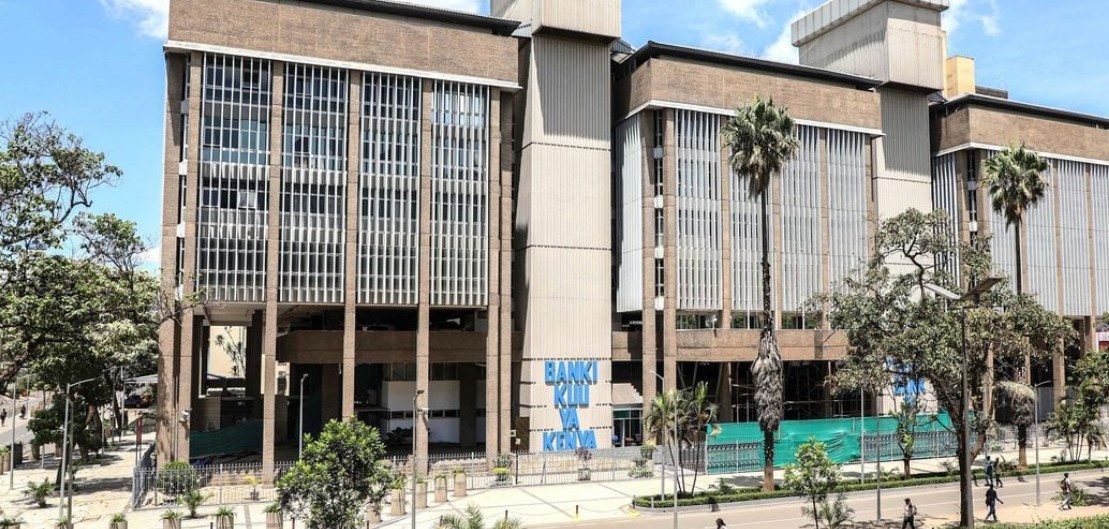Tough economy strains borrowers, increasing loan repayment struggles

According to the 2023 Banking Supervision Report by the Central Bank, the deterioration in banks' asset quality is a 30 per cent jump compared to the previous year.
Continued geopolitical tensions, spill-over effects of high interest rates in advanced economies leading to a weak shilling, and the adverse impacts of climate change occasioned more borrowing from banks in 2023.
However, due to the bad state of the economy, the lenders suffered an additional Sh148.6 billion in Non-Performing Loans (bad loans) pushing the total to Sh651.8 billion.
More To Read
- Kenyan banks’ asset value declines for first time in 23 years
- Loan defaults surged to 17 per cent in 2024 due to tough business climate - CBK
- More women turn to digital loans as smartphone use spurs financial inclusion
- Tax relief boost as KRA slashes fringe benefits rate for workers
- Banks raise loan margins as deposit rates decline
- Relief for borrowers as Kenyan banks reduce lending rates after CBK push
According to the 2023 Banking Supervision Report by the Central Bank, the deterioration in banks' asset quality is a 30 per cent jump compared to the previous year.
Gross non-performing loans for 2022 were Sh503.2 billion.
The Non-Performing loans were concentrated mainly in the Trade, Manufacturing, Real Estate, and Personal and Household sectors, with the four sectors accounting for 72.9 per cent of total loan defaults.
"This was mainly due to delayed payments from public and private sectors, slow uptake of housing units and a challenging business environment," the report reads.
Traders were the main defaulters, attributed to a volatile business environment that saw them procure a dollar for about Sh160, pushing up import costs.
The sector accounted for 21 per cent of all bad loans during the review period valued at Sh137 billion, followed by manufacturing at 20.7 per cent or Sh135.6 billion in total value.
Real estate, personal and household, transport and communication, building and construction accounted for 17.1, 14.1, 6.8 and 6.6 per cent of the total bad loans value, respectively.
Notably, the agriculture sector accounted for 4.9 per cent of the total with a value of Sh32.1 billion.
The loans and advances in the normal, watch, substandard, doubtful, and loss categories increased by 13.3 per cent, 11.0 per cent, 58.5 per cent, nine per cent and 60.3 per cent respectively.
Loans in the normal category are those that meet the contractual requirements, are current on repayments, and are expected to remain so.
Watch category on the other hand are loans that are generally past due by between 30 days and 90 days.
Substandard loans are generally past due for more than 90 days but less than 180 days while doubtful loans are generally past due for more than 180 days but less than 360 days.
Loss loans are those that are past due for 360 days or more.
The normal category accounted for 72.5 per cent of the total loans in 2023, compared to 73.8 per cent in 2022 whereas the watch category accounted for 12.0 per cent of the total loans in 2023, compared to 12.1 per cent in 2022.
The substandard, doubtful and loss categories accounted for 3.3 per cent, 7.8 per cent, and 4.5 per cent respectively of the loan book in 2023, compared to 2.9 per cent, 8.1 per cent, and 3.2 per cent in 2022.
During the year, banks increased the number of loan advances from Sh3.6 trillion to Sh4.18 trillion.
The largest proportion of the banking industry's gross loans and advances were channelled to the Personal and Household, Trade, Manufacturing and Real Estate Sectors.
In total, these four economic sectors accounted for 71.3 per cent of gross loans in the one year to December 2023.
With the rising numbers of bad loans in the sector, the regulator says it is concerned and is working closely with lenders to mitigate the crisis.
"We will closely monitor the economic sectors to ensure that commercial banks make adequate provisions for the loans to mitigate the risk of default," CBK notes.
Top Stories Today









































